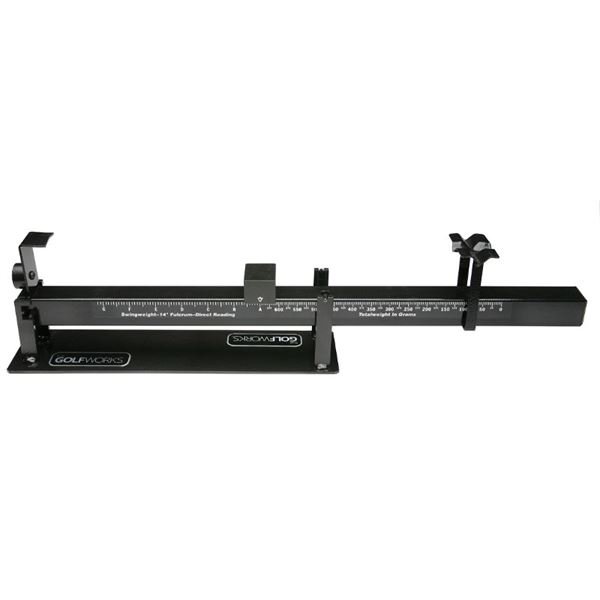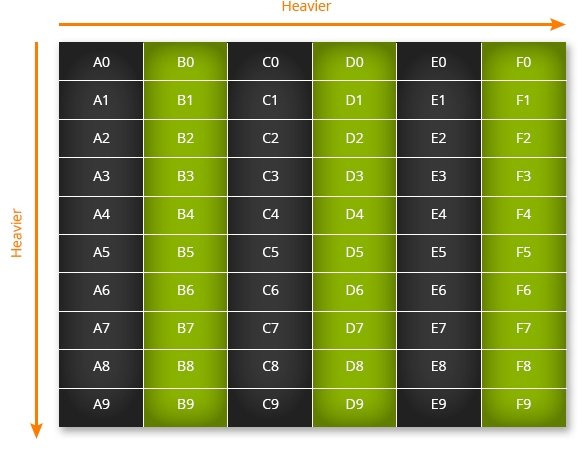What is a Golf Club Swing Weight?
The definition of the term ‘swing weight’ when referring to golf clubs isn’t as straightforward as you might think. While the overall weight of the club has something to do with it, there’s more to this term that is important for you to know. This is especially true if you are getting custom fit to your golf clubs.
What is Swing Weight?
Swing weight refers to the relationship between the weight of the bottom two-thirds of a golf club and that of the top third. This is important to understand because, of course, the clubhead end of a golf club is bound to be heavier than the grip end.
When a player swings a golf club, the weight of the club will cause it to feel a certain way. This is due to pure physics and centrifugal force; the clubhead will begin to feel “heavier” as the club swings through the air. If the club’s swing weight is too high, the club will feel too heavy for the player’s preference. The opposite is also true: if the swing weight is too low, the club might feel too light and therefore difficult to control.
When a club’s swing weight is not appropriate to a player, golf shots will be inaccurate, distance control can suffer, and scores can reflect poorly.
How is it Measured?
Swing weight takes into account all aspects of a golf club, including:
The weight of the club head
The weight of the grip
The weight of the shaft
The length of the club
These measurements contribute to the overall swing weight of the club, specially the relationship among all the individual parts. If one of the above parts of a club are altered or adjusted in any way, then the swing weight of the club could also change. For example, if a player changes the grip on the club at the beginning of the golf season, the swing weight might be slightly different than it was prior to the change.
A special scale can be used to measure a golf club’s swing weight. This scale, pictured below, operates similar to a scale you might see at a medical office. It is comprised of a fulcrum and a sliding weight, along with a pair of brackets that hold the golf club securely while weighing it.
The sliding weight will be positioned along its track until the golf club balances on a level, horizontal position. Once complete, the scale will provide a reading as to the club’s swing weight.
What are the Swing Weight Measurements?
Swing weight is defined by values that include letters and numbers. For example, a golf club swing weight could be classified as “D4.” This would be considered a moderate swing weight.
The values range from A-F along with a numerical component that ranges from 0-9 for each letter. A swing weight is considered to be heavier as the letters and numbers increase on their respective scales. Therefore, a swing weight of B3 would be much lighter than a weight of E9.
Generally speaking, most club fitters will suggest that all of your clubs should have the same swing weight. This can be fine-tuned to match the swing characteristics and preferences of any golfer.


